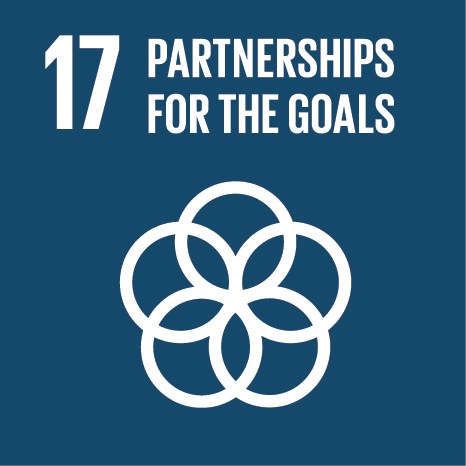Ciência_Iscte
Publications
Publication Detailed Description
Seasonal genetic partitioning in the neotropical malaria vector Anopheles darlingi (Diptera: Culicidae)
Journal Title
Malaria Journal
Year (definitive publication)
2014
Language
English
Country
United Kingdom
More Information
Web of Science®
Scopus
Google Scholar
This publication is not indexed in Google Scholar
This publication is not indexed in Overton
Abstract
Background
Anopheles darlingi is the main malaria mosquito vector in the Amazonia region. In spite of being considered a riverine, forest-dwelling species, this mosquito is becoming more abundant in peri-urban areas, increasing malaria risk. This has been associated with human-driven environmental changes such as deforestation.
Methods
Microsatellites were used to characterize A. darlingi from seven localities along the Madeira River, Rondônia (Brazil), collected in the early and late periods of the rainy season.
Results
Two genetically distinct subpopulations were detected: one (subpopulation A) was associated with the late rainfall period and seems to be ecologically closer to the typical forest A. darlingi; the other (subpopulation B) was associated with the early rainfall period and is probably more adapted to drier conditions by exploiting permanent anthropogenic breeding sites. Results suggest also a pattern of asymmetric introgression, with more subpopulation A alleles introgressed into subpopulation B. Both subpopulations (and admixed mosquitoes) presented similar malaria infection rates, highlighting the potential for perennial malaria transmission in the region.
Conclusions
The co-occurrence of two genetically distinct subpopulations of A. darlingi adapted to different periods of rainfall may promote a more perennial transmission of malaria throughout the year. These findings, in a context of strong environmental impact due to deforestation and dam construction, have serious implications for malaria epidemiology and control in the Amazonian region.
Acknowledgements
--
Keywords
Anopheles darlingi,Amazonia,Seasonal genetic structure,Microsatellites,Malaria,parasitology
Fields of Science and Technology Classification
- Biological Sciences - Natural Sciences
- Other Natural Sciences - Natural Sciences
- Other Medical Sciences - Medical and Health Sciences
Contributions to the Sustainable Development Goals of the United Nations
With the objective to increase the research activity directed towards the achievement of the United Nations 2030 Sustainable Development Goals, the possibility of associating scientific publications with the Sustainable Development Goals is now available in Ciência_Iscte. These are the Sustainable Development Goals identified by the author(s) for this publication. For more detailed information on the Sustainable Development Goals, click here.

 Português
Português



